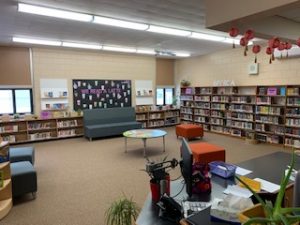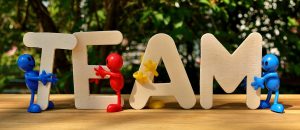 Image by Pixabay
Image by Pixabay
In my teaching experience at my present school, I have always turned to the teacher-librarian for guidance and support when preparing research projects. She has proved to be an invaluable resource as she has always provided me with the resources necessary to meet my planning needs. As for my students, the teacher-librarian advises them in all three ways of helping students in the library presented by Riedling in Reference Skills for the School Librarian: Ready-Reference, Research Projects, and Reader’s Advisory. These three ways of helping the students resonate with me through my experiences in my teaching and collaboration with my current school teacher-librarian.
- Ready-Reference – questions that can be answered with short and factual information;
- Research Projects – in-depth coverage of a topic often requiring the use of multiple sources of information;
- Readers’ Advisory – recommending good leisure reading. (Reidling, 2013, p. 104-105)
The teacher-librarian provides Ready-Reference to the students by answering their questions about the location of books and performs Reader’s Advisory by asking them questions about what they like to read about, what their interests are and leading them to the books. The teacher-librarian is accessible and approachable. She takes the time to make the necessary connections with the students. She conducts reference interviews clearly and the students feel that she genuinely cares about what they are looking for. Although there are many students that need help in the library, genuine listening takes place and the contact with the students ends in a positive experience for the student. This is consistent with Reidling’s statements about effective communication.
“Verbal skills essential when conducting the reference interview include the following: positive (respectful) responses, motivational words (encourages), verbal reflection, positive reactions, avoiding premature answers, diagnoses (or opinions), restating or paraphrasing content, remembering, open questions, and closure. Talk to the student as if they are important and welcomed; take all questions seriously. (Reidling, 2013, p.102)
 Image by Pixabay
Image by Pixabay
Recently, my teacher-librarian demonstrated pro-activeness. I was pleasantly surprised when she approached me wondering if I was interested in collaborating on a project with her and the grade 6 teacher. The process she used and the attention I experienced relates to the collaborative planning process that Haycock identifies:
- Objectives
- Content
- Sequence
- Methodology
- Activities
- Evaluation (Haycock, 2007, p. 25-35)
The teacher-librarian first verbally explained what the project would entail. She scheduled a planning meeting at a convenient time for me to discuss project objectives, content, relation to the curriculum, work period scheduling, timeline, the activities that the students would participate in and a rubric for assessment. When the time came to start the project, she was prepared with an outline for the students and an activating lesson about how to question appropriately. She provided reference books on the topic and during student work periods she was present to offer the students assistance in sifting through online information. She also offered Website suggestions where the students could find the answer to some of their questions. The TL made herself available to answer student and teacher questions and lastly, to troubleshoot any laptop technical issues. I truly appreciated seeing the process in action. What I really appreciated was that the TL prepared an inquiry project planning sheet for the students to guide them through the inquiry process.
The TL at my school truly is a leader. Her values are evident through her interactions with the students and the quality of collaboration experienced by the teachers. It is evident that she is working towards attaining her vision for the school library and the students. The TL understands the curriculum, the student’s needs and serves as a great role model for every member of the school.
References
Riedling, Ann Marlow, et al. “Reference and the School Library: An Overview.” Reference Skills for the School Library: Tools and Tips, 3rd ed., 2013.
Ken Haycock. “Collaboration: Critical success factors for student learning” School Libraries Worldwide 13.1 (2007): 25-35

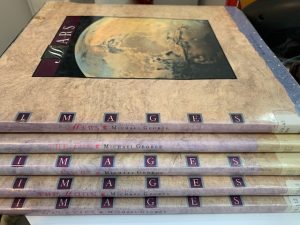
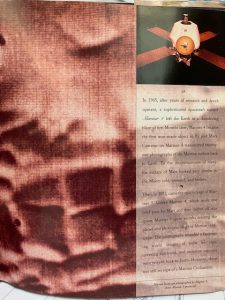
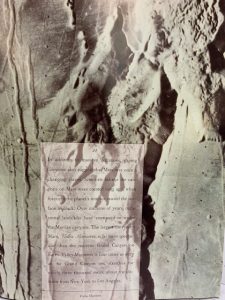
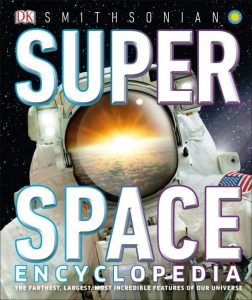

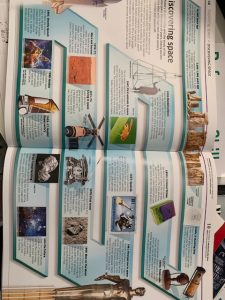 image by DK Smithsonian, 2019, Super Space
image by DK Smithsonian, 2019, Super Space
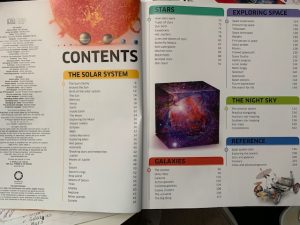
 image by Pixabay
image by Pixabay
